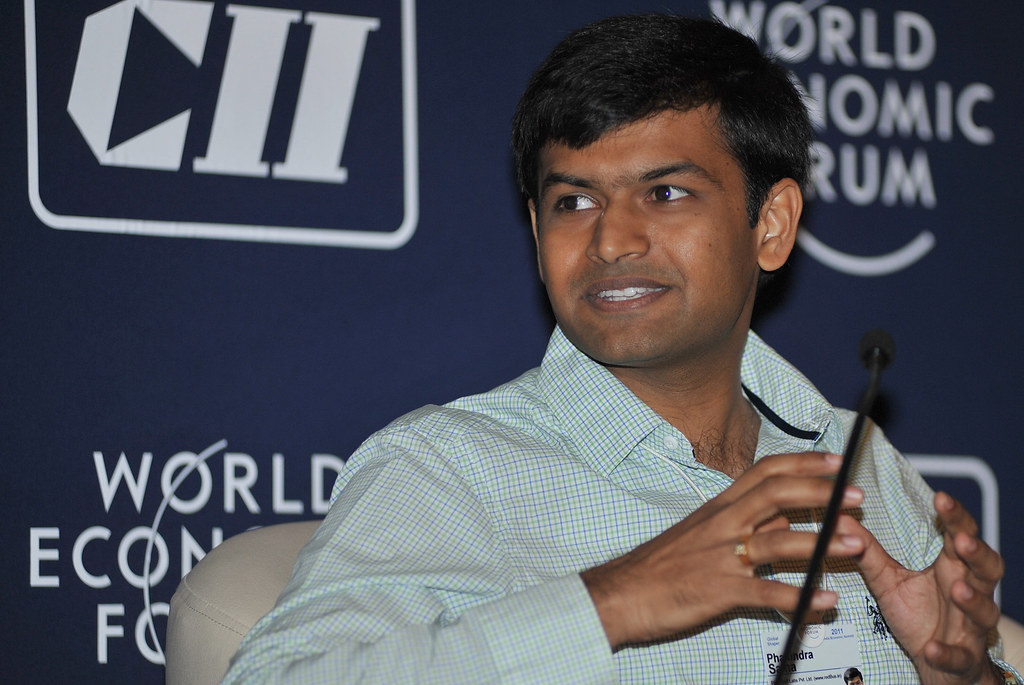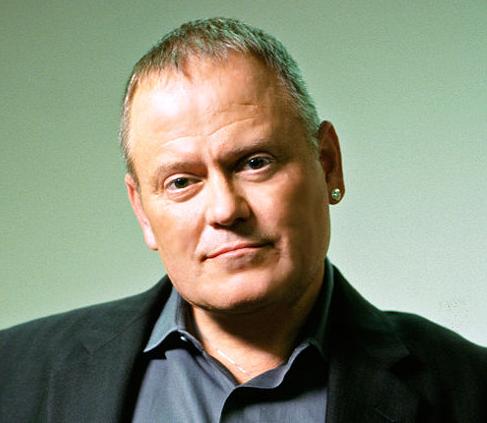RedBus: Struggle for a bus ticket that gave rise to $100 million company
Life changing ideas many times are result of real life problems, situations & experiences. Something of same sort happened with Phanindra Sama which led to founding of redBus that got acquired for $100 million.
How the idea sprouted
In the year 2005, Sama decided to take an off for some days from work to be with his family. However, due to the festive season he could not get any ticket for his hometown and this led him to visit several travel agents so as to manage for the bus ticket. But ultimately he failed to reach his home and went back to spend the Diwali night alone in his flat. When he tried to collect the information about how the process of ticket selling and buying works, he was left with insufficient facts. The lack of interface between agents and customers perturbed him so much that he began thinking to resolve this problem. Phanindra Sama’s idea to put together technology and bus ticketing together by providing an e-platform to the customers to buy bus tickets marked the beginning of redBus.

Idea validation and success
Although Sama succeeded in convincing his 2 friends from Pilani to work on the idea yet the initial phase towards success was quite troublesome for all three. To come out of their comfort zone was the first hurdle they had to overcome. Pampered by their jobs, they now had to take the biggest risk of their lives, of quitting their jobs.
For a period of five months they dedicated all their focus to create the software called BOSS that could support the bus operators to manage their functioning and at the same time giving Sama, the status of seats of each bus. But happened was something that gave a setback to their enthusiasm, none of the operators they approached showed any interest in their proposal.

Indeed the idea could not tempt the target operators but it did leave its impact in the market. To buckle up for a long journey they needed investment for their business and this is when they approached a non-profit organization, TIE (The Indus Entrepreneurs) in February 2006. TiE gave them the much needed seed funding of $1 million.
They now tried to concentrate on customers first and then the bus operators and this time their plan successfully worked out. Although the initial seven months of the startup went through financial crisis for Phanindra Sama and his friends but in 2007 they managed to raise the funding to $5 million. And then it seemed as if their business got wings. In the year 2011 redBus sold half a million tickets on a daily basis working with 700 bus operators in 15 states.
Acquisition by Ibibo and the related controversies
In 2013 Phanindra Sama got a very tempting offer from Ibibo to take over redBus in $100 million. Considering the future prospects of redBus as well as his own life, Sama decided to sell his company with the consent of his partners. After selling the company Sama went on a vacation with his parents for 10 days. But those 10 days changed the whole game and in no time his happiness turned all dismal.
When he was abroad, some of the major designations started falling apart as the COO and three other managers quit their job. The change in working style with this sudden decision of selling the company left the employees with anxiety and anger against Sama.
Sama’s decision created a situation of chaos among the employees as except the three business partners each of the employee of redBus suffered a great loss. People holding ESOPs (Employee Stock Options) didn’t get their money while others were clueless why they did not have ESOPs. Although, Phanindra Sama tried to calm the situation what he could but the suppressed anger of employees couldn’t make them trust him again. ESOPs is very misused employee compensation alternative in India. Many startups in India offer ESOPs to employees but how may are actually benefited at last?

Aanchal is a freelance writer and has been writing since 2013. She is currently pursuing her masters in English Literature from University of Delhi and received her B.A. (hons.) degree in English Literature from University of Delhi.
She has a great passion for writing poetry. She is also a keen reader of inspirational stories of people who have achieved success through hard work.


.jpg)



